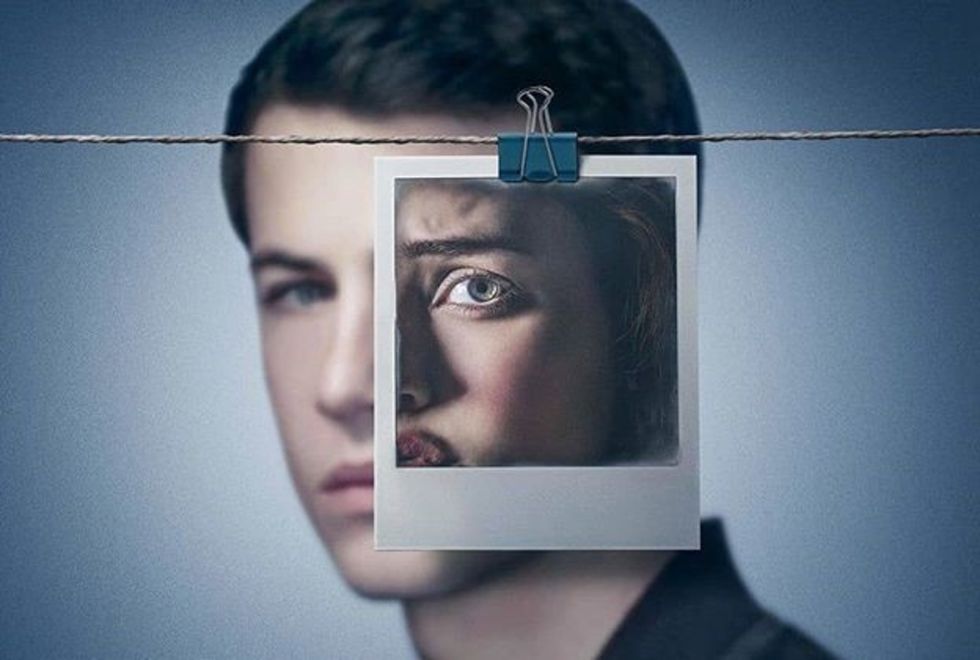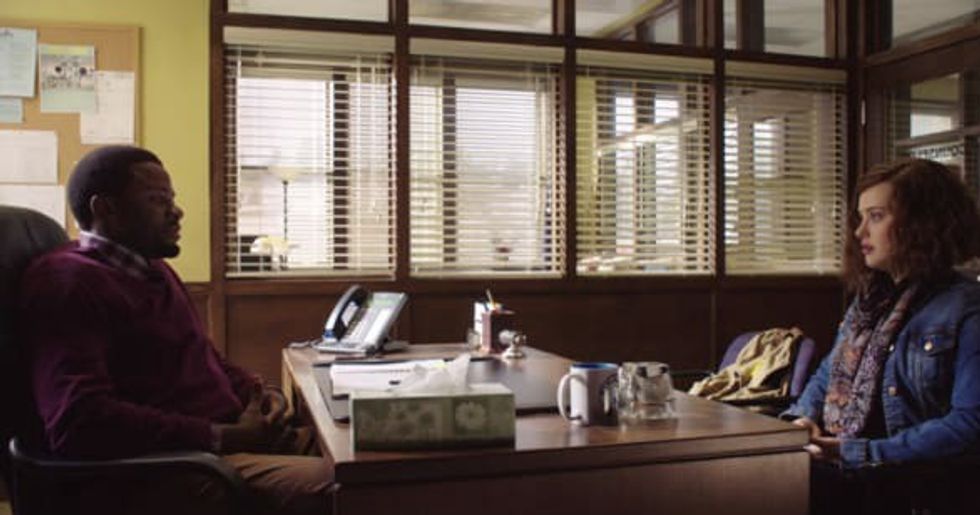This piece contains information related to self-injury and suicide that may be triggering to some readers.
With another season of the hit Netflix show "13 Reasons Why" coming out this month comes another discussion over what is too much to show on screen and how exactly to have a conversation about mental health and suicide in the media. For me, this means another wave of exhausted eye rolls as I have to hear about a show that has done much more harm than good in terms of education, awareness, and prevention surrounding mental illness and suicide.
What bothers me the most is when someone defends the show by saying "I think it's important to have a conversation about things like this" or "It's graphic and brutal because that's what suicide is." I'm well aware of what suicide is and quite frankly, I'm well aware of the ways we should and shouldn't have a conversation about it. If you're interested in a recent article I wrote about the American Foundation for Suicide Prevention's 2018 campaign, check it out here and learn what effective suicide prevention looks like.
I'm a huge advocate for honest conversations about suicide and mental health in safe and productive ways. I am not an advocate for the romanticization and fetishization of suicide that is showing a teenage girl slit her wrists on screen amidst a plot devoid of any mention of mental health or the very real ways in which the Hannah Bakers of the world can be helped and treated before they get to that scene in the bathtub.
The theoretical value in showing a scene like that is far outweighed by the very real dangers of showing a scene like that. This can be supported by truths both evidence-based and anecdotal.
I can tell you that suicide hotlines saw a major uptick in calls surrounding the show's release citing the scene as an immediate trigger. I can tell you that the Google search phrase "how to commit suicide" rose 26 percent above what would normally have been expected for that time.
I can tell you that as someone with a history of both self-injury and suicidal ideation seeing the scene brought up some really scary feelings and urges for me.
Supporters of the show say that the graphic nature of the scene is supposed to make viewers feel uncomfortable because suicide is an uncomfortable reality. I get that. But viewers can get that same message without seeing something that carries such a risk to so many individuals. And viewers can certainly get that message in a way that doesn't cast the only mention of professional help in a negative light.
Here's my takeaway: if you can watch this show and specifically watch a teenager bleed out onscreen without feeling triggered to hurt yourself, congratulations, and carry on. Watch the show if you feel it's worth it.
But the fact is that decision is being taken away from a lot of vulnerable individuals, most alarmingly, young people. "13 Reasons Why" is all anyone is talking about these days, and if you're a teenager or even younger and you want to be involved in the conversation, you're probably going to give in and watch the show. And maybe it'll be nothing more than a show to you. Or maybe it'll be something much scarier.
By putting this kind of content out and marketing it to young adults (the Snapchat ads are really getting old), we aren't giving these kids a fair chance to make the choice for themselves. And the consequences could be dire.
Let's talk about mental health. Let's talk about suicide. Let's talk about bullying and sexual assault and all of the other really hard topics that this show tried to touch on. But let's do it in a smart and safe and honest way. We owe it to ourselves, to each other, and to all of the possible Hannah Bakers out there—past, present, and future.




















